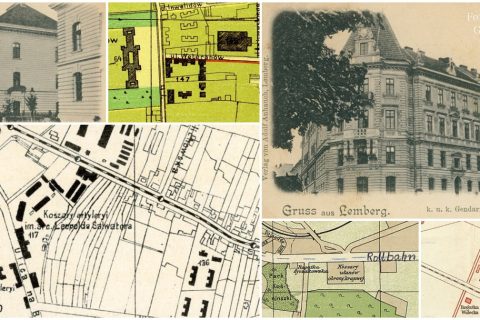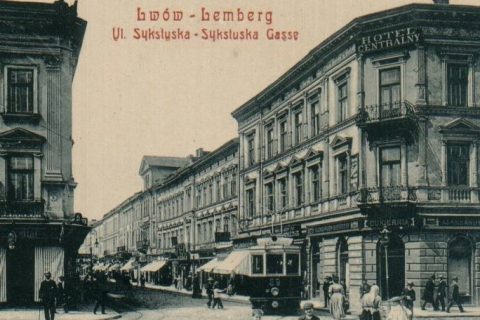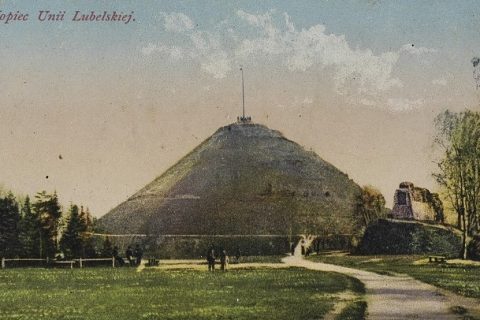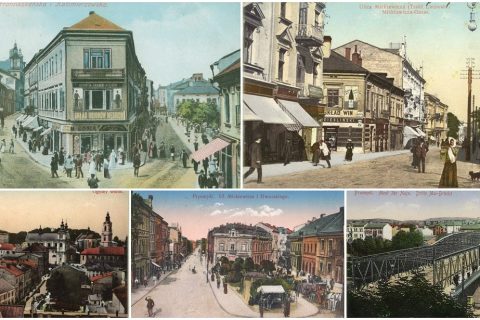Lederer & Popper Photomontage Postcards of Galicia and Beyond
I love looking at old photographs of Galician cities and towns, especially postcards with city views. A real treat among these are photomontages — postcard collages. I first came across montage postcards depicting Lviv and was particularly struck by the one with a woman who had fallen from her bicycle. […]
Read More





